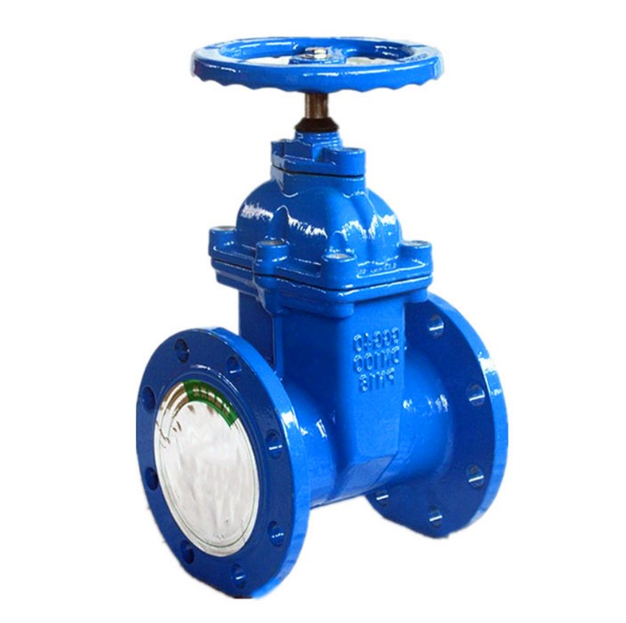pipe fittings and valves
Understanding Pipe Fittings and Valves A Comprehensive Overview
When it comes to plumbing, industrial piping, and fluid transportation, pipe fittings and valves play a crucial role in ensuring that systems operate efficiently and safely. These components are vital in directing flow, isolating sections of the piping system, and managing the pressure within pipes. This article provides an overview of the various types of pipe fittings and valves, as well as their applications in different industries.
Pipe Fittings
Pipe fittings are mechanical devices that connect, terminate, or change the direction of a pipe in a piping system. They come in various shapes and sizes to accommodate different types of pipes and requirements. Here are some common types of pipe fittings
1. Elbows These fittings are used to change the direction of fluid flow. Elbows usually come in 90-degree and 45-degree angles and are crucial for directing flow in a piping system without causing excessive turbulence.
2. Tees A tee fitting is shaped like the letter T and is used to connect three pipes at a junction. They are essential when creating parallel pathways for fluid to flow in different directions.
3. Couplings and Unions Couplings are used to connect two pipes of the same diameter, providing a seal to prevent leaks. Unions serve a similar purpose but allow for easy disconnection, making maintenance and repairs convenient.
4. Reducing Fittings These fittings reduce the diameter of the pipe. They are essential for connecting pipes of different sizes, allowing for pressure management and flow control.
5. Caps and Plugs Caps are used to seal the end of a pipe, while plugs are used to block any access point. Both fittings help in isolating sections of the pipeline for repair or maintenance.
Pipe fittings can be made from various materials, including PVC, CPVC, metal (such as steel and copper), and other alloys depending on the application. The choice of material affects the fitting's resistance to temperature, pressure, and corrosion.
pipe fittings and valves

Valves
Valves are devices that regulate the flow of fluids by opening, closing, or partially obstructing passageways in piping systems. They are vital for controlling the flow and pressure within a system. The following are some common types of valves
1. Gate Valves These are used for on/off control. They are designed to provide minimal resistance to flow when fully open. Gate valves are typically used in applications where the valve is either fully open or fully closed.
2. Globe Valves These are used for throttling or regulating flow. Their design allows for a tight shut-off and provides good flow control capabilities, making them suitable for applications requiring accuracy.
3. Ball Valves These valves use a spherical disc to control flow. They provide a tight seal and quick on/off control, making them an excellent choice for shut-off applications.
4. Check Valves These valves allow fluid to flow in one direction only, preventing backflow. They are essential for protecting equipment and maintaining pressure within the system.
5. Butterfly Valves These have a disc that rotates to control flow. They are well-suited for applications requiring quick operation and are often used in large pipelines due to their lightweight and compact design.
6. Pressure Relief Valves These valves protect piping systems from excessive pressure by releasing fluid when pressure exceeds a predetermined limit. This is crucial for maintaining system integrity.
Conclusion
In summary, understanding pipe fittings and valves is essential for anyone involved in the design, installation, or maintenance of piping systems. These components not only facilitate the flow of fluids but also ensure the safety and efficiency of various processes across multiple industries, including water treatment, oil and gas, HVAC, and manufacturing. While the types of fittings and valves vary, their importance remains unchanged. Selecting the right components based on system requirements, including flow rate, pressure, and material compatibility, is vital for achieving optimal performance and longevity in any piping network. By familiarizing yourself with these essentials, you can make informed decisions that enhance the reliability of your plumbing or industrial systems.
-
3-types-of-check-valves-maintenance-tipsNewsAug.23,2025
-
ball-valves-types-with-trunnion-mounted-designNewsAug.23,2025
-
butterfly-valve-company-production-capabilitiesNewsAug.23,2025
-
fisher-globe-valve-technical-specificationsNewsAug.23,2025
-
types-of-gaskets-for-flanges-selection-guideNewsAug.23,2025
-
wedge-gate-valve-suppliers-quality-standardsNewsAug.23,2025
-
Breakthrough in Domestic Low Temperature Valve Technology in ChinaNewsAug.18,2025




